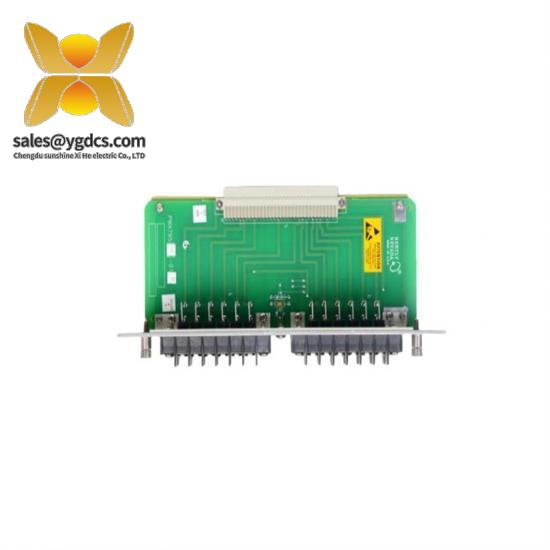GE Bently Nevada 82367-01 Thermocouple Input Module
The GE Bently Nevada 82367-01 Thermocouple Input Module is a robust and reliable component designed for industrial automation applications, offering precise temperature data acquisition.
Email:18005021035@163.com
Phone:+86 18005021035
Name:BeiLin
Content details
Model Number:82367-01
Brand:Bently Nevada
Module Type:Thermocouple Input
Operating Temperature Range:-40°C to +70°C
Input Signal Compatibility:Type J, K, E, T, R, S, B, C, N thermocouples
Power Supply Voltage:24 VDC
Communication Interface:RS-485
Data Transmission Rate:9600 bps
Environmental Rating:IP67
Connection Type:Terminal Block
Dimensions:100mm x 75mm x 30mm
Weight:0.3 kg
The GE Bently Nevada 82367-01 Thermocouple Input Module is engineered to deliver exceptional accuracy and reliability in industrial environments. This module is compatible with a wide range of thermocouples, making it suitable for diverse temperature measurement tasks across multiple industries.
Equipped with advanced signal processing capabilities, it ensures real-time temperature monitoring with minimal drift and high immunity against electromagnetic interference. Its robust design withstands harsh conditions, guaranteeing long-term operation without maintenance interruptions.
Ease of integration with existing automation systems is another key feature, thanks to its compatibility with popular communication protocols. This makes it an ideal choice for retrofitting or new installations where precise temperature control is critical.
Designed for longevity and performance, the module is fabricated using high-quality materials that offer excellent thermal stability and mechanical durability. This ensures consistent and accurate readings under varying environmental conditions.
With its compact size and lightweight design, the GE Bently Nevada 82367-01 Thermocouple Input Module can be easily installed in tight spaces without compromising on performance. Its modular construction facilitates quick installation and maintenance, reducing downtime and improving operational efficiency.




